Structural Research in dry seeds
Dry is difficult
Dry seeds are difficult to investigate in terms of structure. That is why much more is known about wet seeds than about still dry seeds. It is not generally known how (moist) air can diffuse through dry seeds.
The aim of the current case study is: Explanation of air diffusion in dry and imbibing seeds. This insight should make it easier to predict what the desired microstructure should be of additional artificial coatings around the seeds.
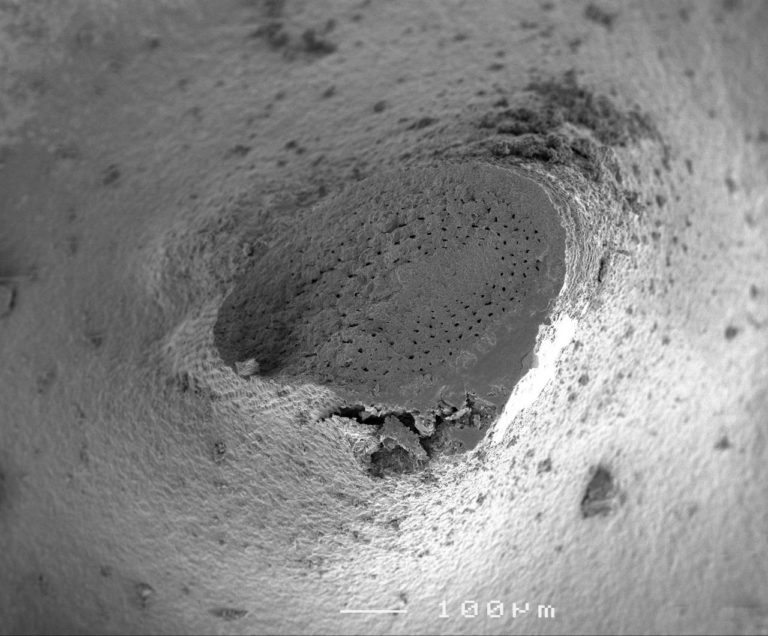


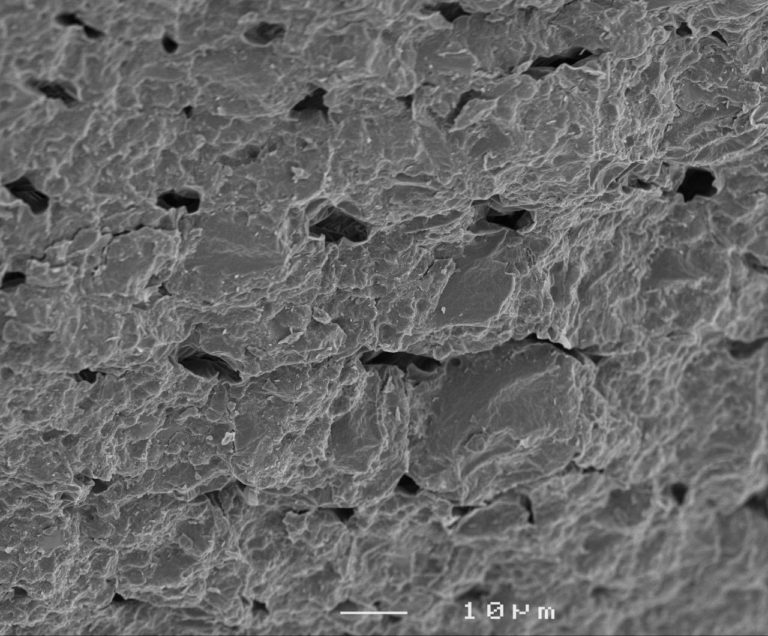
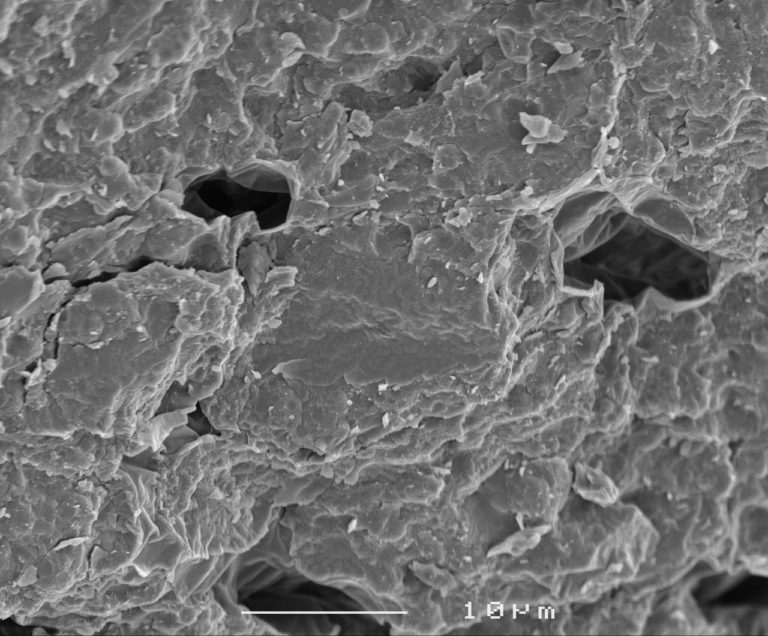
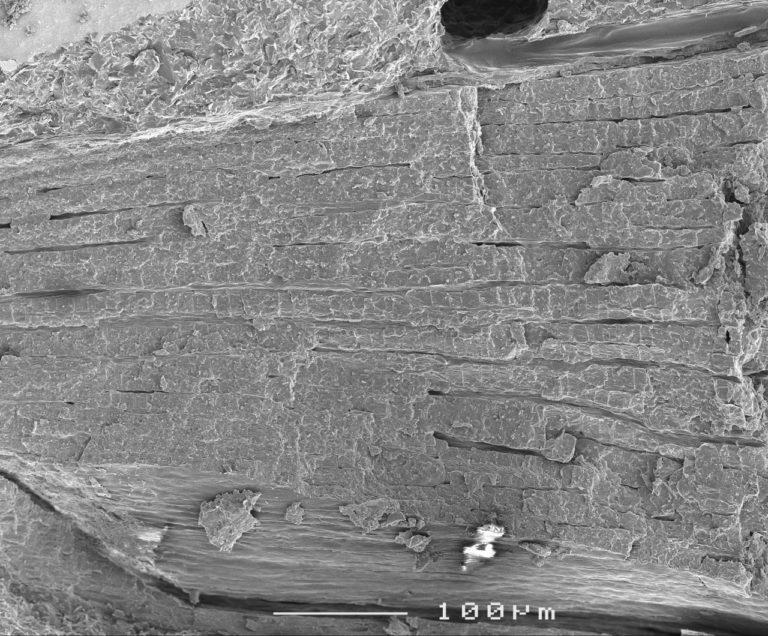
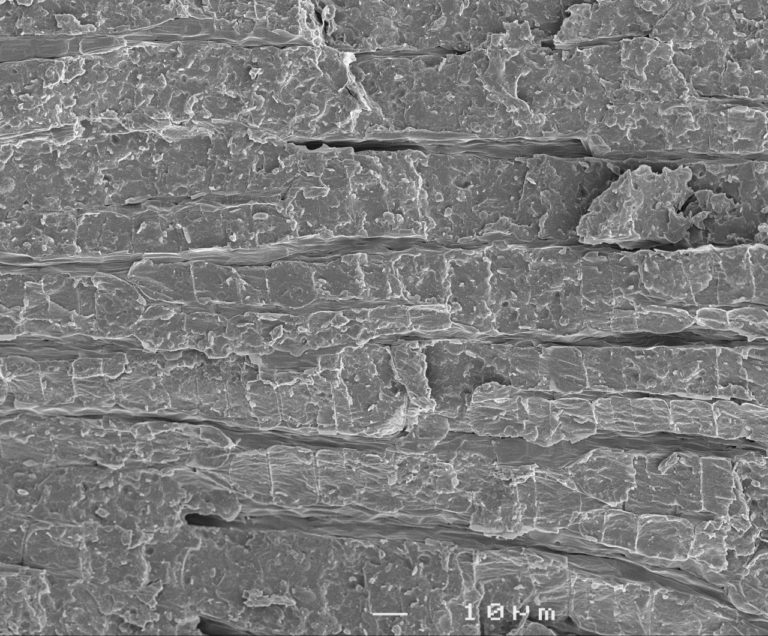
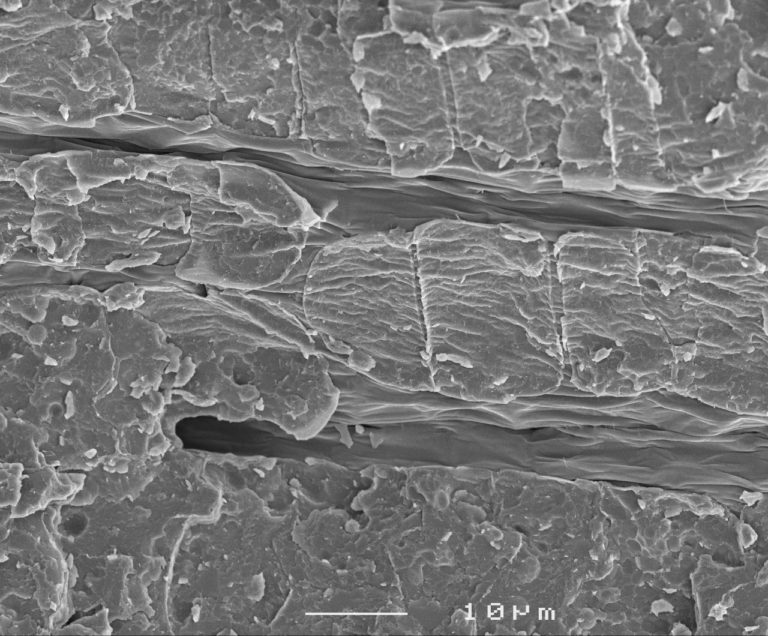
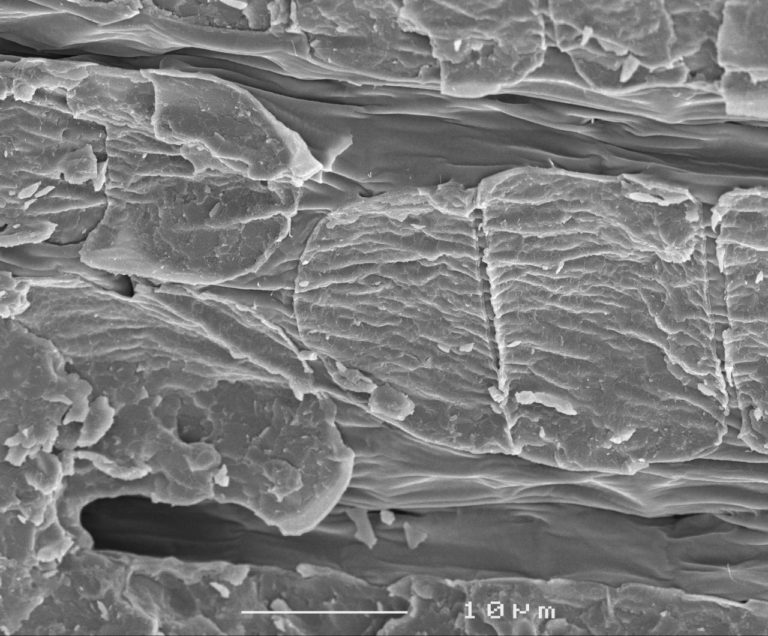
Without any chemical fixation, which would be detrimental for dried microstructures, SEM enables to view the inside structure of dry seeds. Here we studied dry seeds, both from the outside, and freeze-fractured in various orientations. We found that the dry seeds contain a continuous network of intercellular spaces. The finding that intercellular spaces are so dispersed and also interconnected gives reason to suppose that upon imbibition the moist air can move through the seed fairly quickly, thereby causing pre-wetting before liquid water enters the seed. This is important for the gradual rehydration of the cell membranes, which otherwise would collapse (imbibition damage). The hypothesis that a continuous network of intercellular spaces is present throughout the seed has not been fully proven with this research, but it has been made plausible. Follow-up question is how intercellular space networks are present in different tissues and whether this is different for other plant species. Since many dry seeds contain liquid oil, it is recommended to study dry seeds with cryo-SEM, to ensure physical fixation of oil into the solid state. |
Dry at Consistence
SEM is the ultimate method to study cell contents and the intercellular spaces in the dried state, both at millimetre scale and at sub-micron level. Contact Consistence for analysis of both wet and dry seeds, and intermediate states as well.
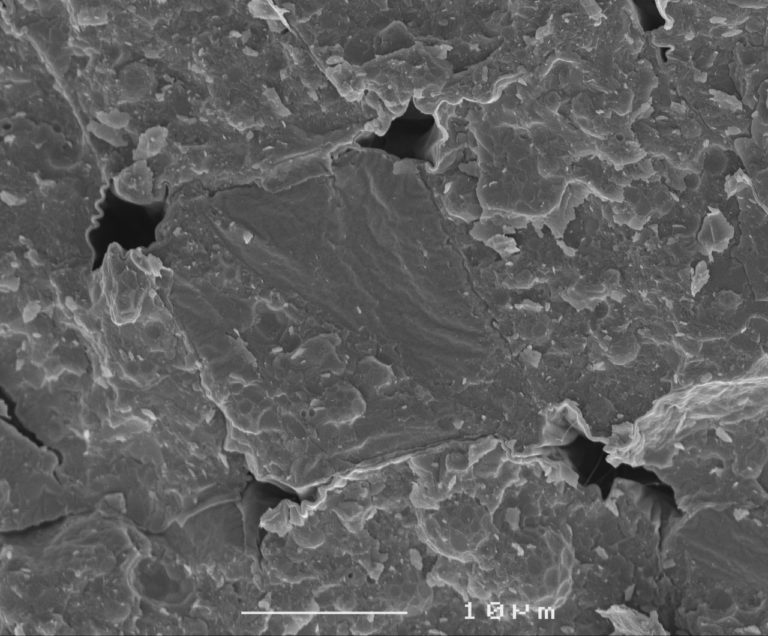
Dry lettuce seed cross section. Method: freeze fracturing SEM

Hydrated lettuce seed cross section. Method: cryoplaning SEM
Drop your question here
To visit our laboratory, send a sample or learn what we can do for you.
Our aim is to provide world class microstructural insights and we are happy to receive feedback. Contact us for more information if this page is relevant for your research. Free use of the images and content of this webpage is permitted with reference to Consistence.
